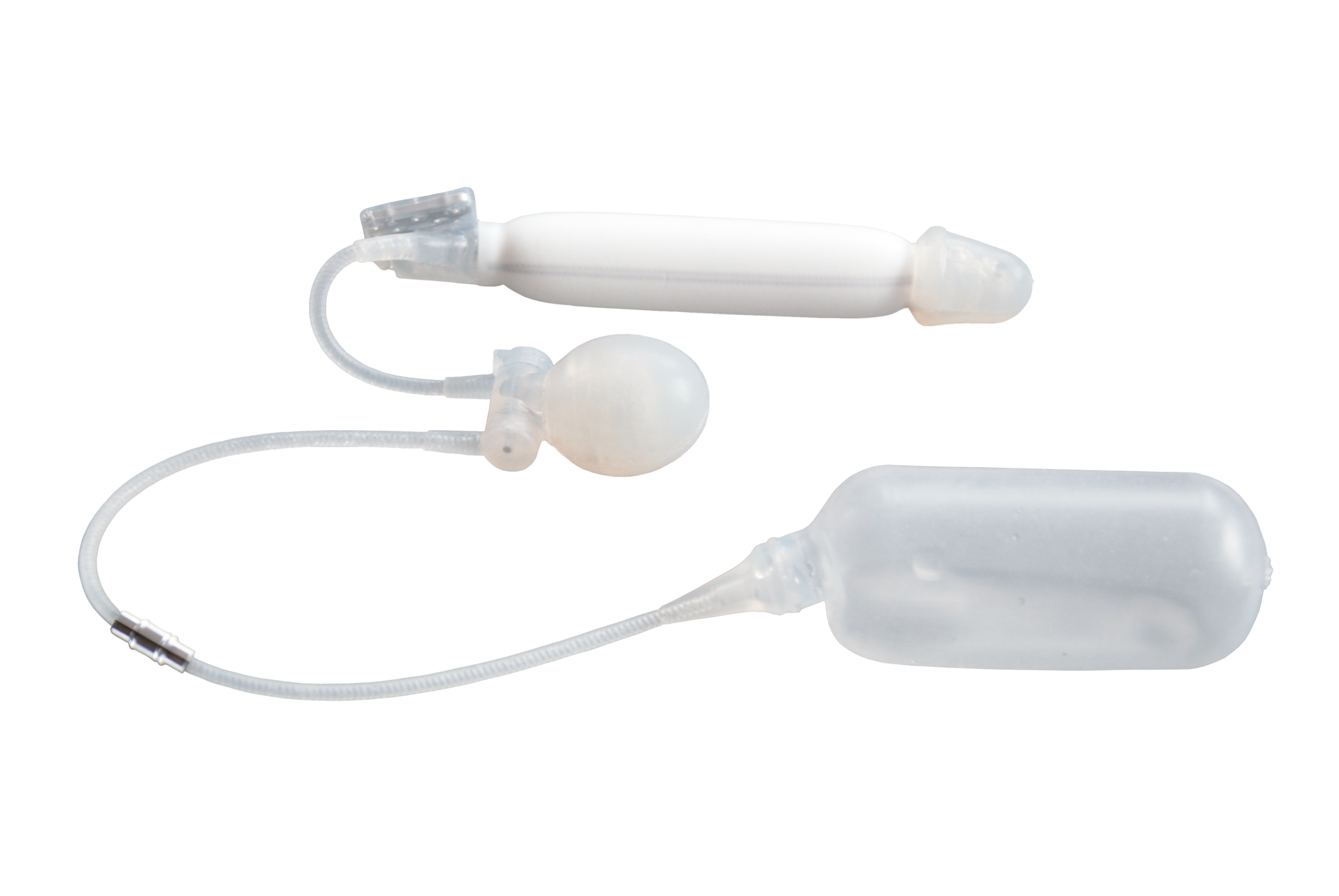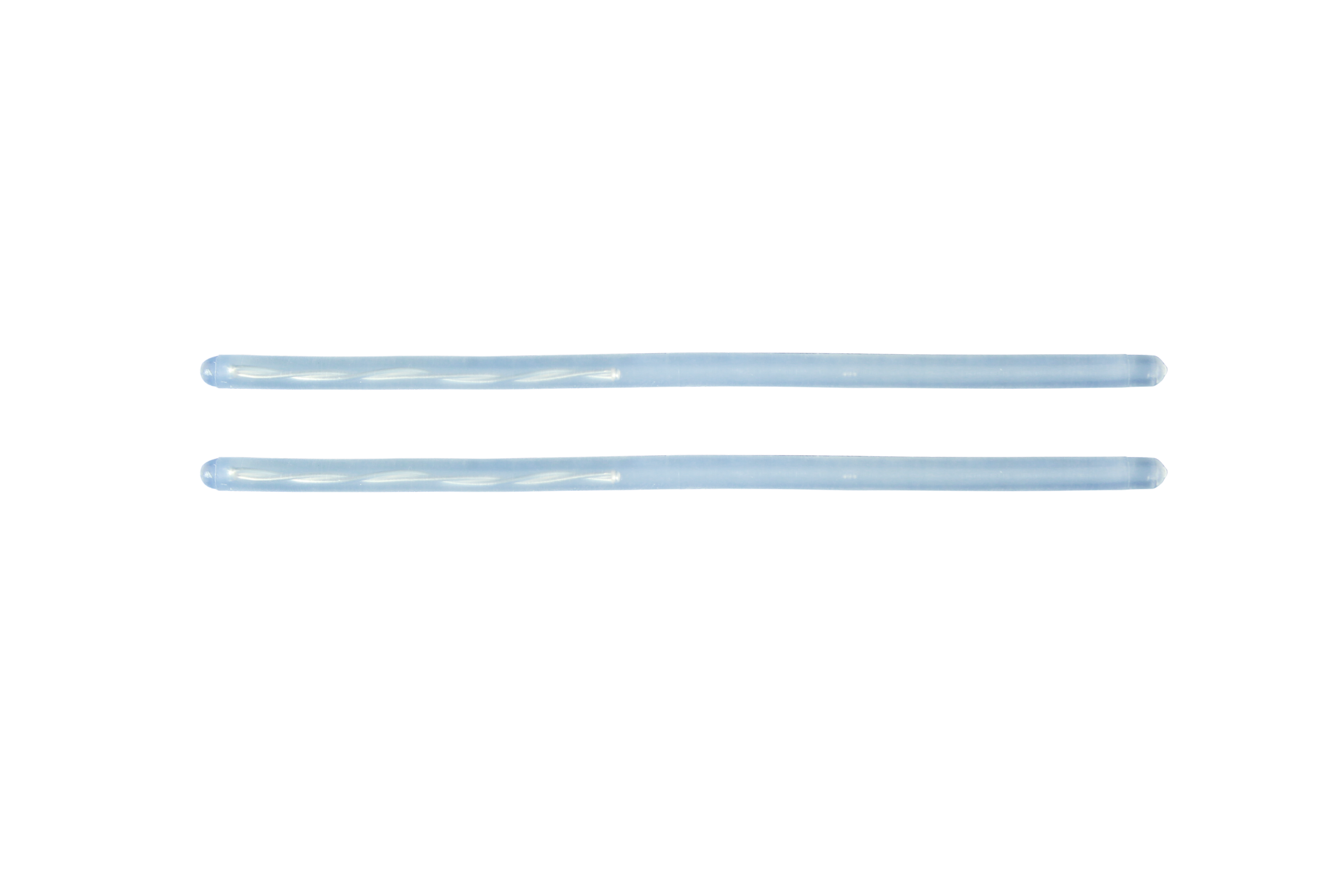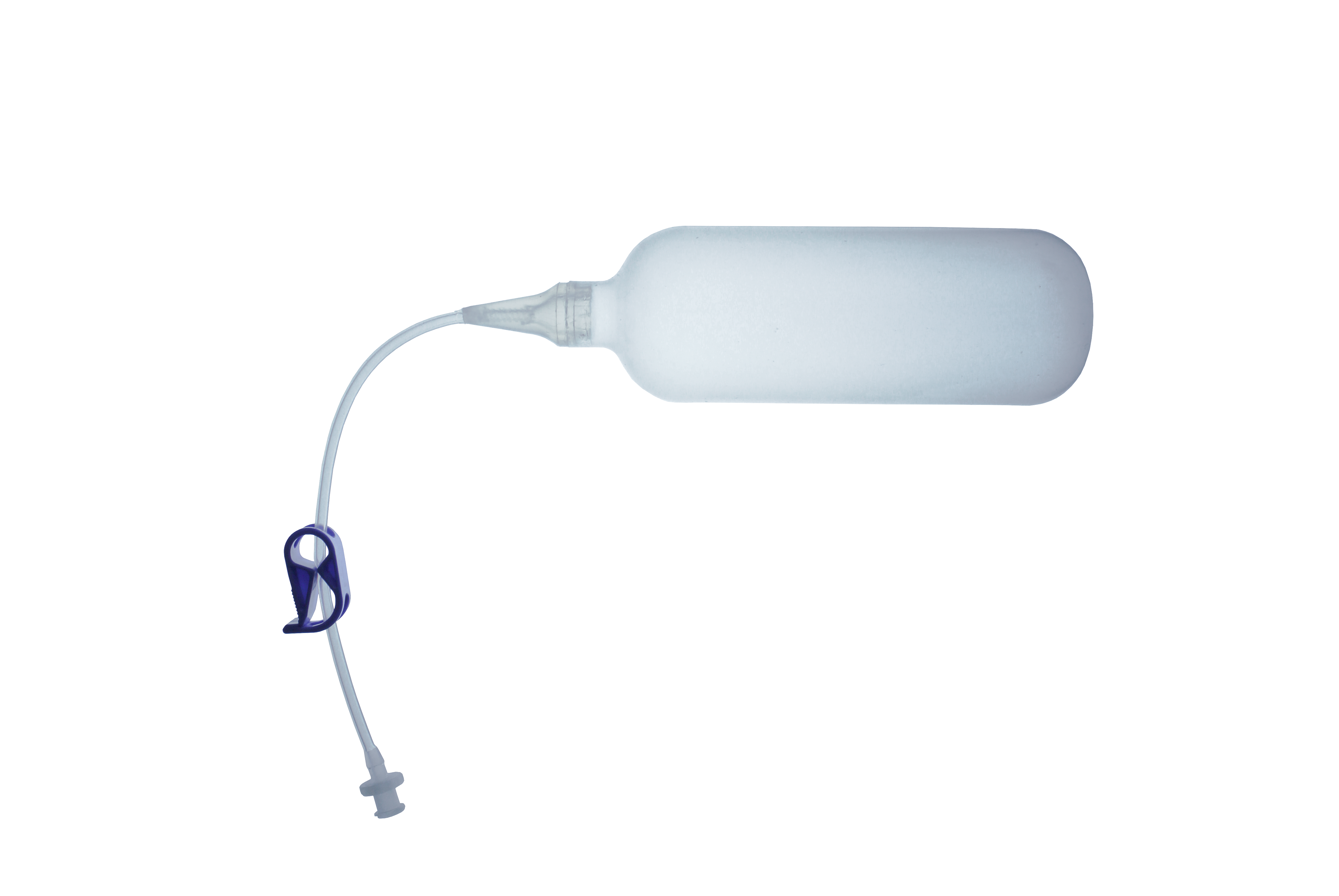GENERAL INFORMATION
ZSI is a Swiss independent company developing implants to provide healthy and effective solutions for urological male issues and for FTM and MTF surgeries.
Read more about ZSI history here.
You can find all information about our devices on our website.
GENERAL QUESTIONS ABOUT ZSI IMPLANTS
We have a specific section for this topic. You will find more explanation here.
In theory, we estimate the implants lifespan of 5 to 7 years. Tested in laboratory, the inflatable implant supports 3’000 cycles, and the malleable implants supports 40’000 cycles. But this really depends of the patient, the use of the implant etc.
Each body reacts differently to implants, and if some people can have total acceptance by their body, some others can face troubles of rejection of the device by the body.
Tests on our ZSI 475 FTM implants have been done to get the CE certification. There are strict tests and done in 2 steps. First, each element of the implant is tested, the inflatable part of the implant, the pump and the reservoir. Then, new tests are done on the final product (the 3 components put together). We test the endurance, erosion resistance, bursting, waterproofness, pulling and twisting. Then, products are aged of 5 years according to the norms and new tests are performed. During the so called “en routine” fabrication, control tests are redone on each element by 2 different quality managers. Non-conforming products are separated and destroyed. These tests are essential to us, so that we are 100% sure that our products are irreproachable when reaching OR. Also note that the sterilization process is very strict and supervised. Devices reach totally sterile in OR.
Prices vary depending on the country taxes and several other factors. In addition to the price of the product, you should consider all the medical expenses; these expenses should be discussed with the hospital and the doctor who will be performing the surgery. In some countries, the cost of the implant and/or surgery is covered by the health insurance. You need to check with your health insurance first. Some private health insurances also cover some expenses if the surgery is performed abroad (in case of “medical tourism”).
There are no specific requirements to go forward with the procedure. However, as we don’t know where you are in your process right now, we advise you to speak to the urologist / surgeon who will perform the surgery. It is according to your personal state/body/medication that the surgeon will tell you if you are ready to go under surgery or not yet.
SPECIFIC QUESTIONS ABOUT FTM IMPLANTS
The devices are made so that you can:
Each implant has its own features and characteristics, as shown here.
The choice of one kind or another is very personal and depends also of the type of phalloplasty that has been previously created.
ZSI 475 FTM is a 3-pieces inflatable device (pump unit, reservoir and cylinder). Its implantation is more invasive than the malleable device, but the very positive points are that the rigidity is excellent, the aspect is very satisfying and when flaccid, you can’t notice that there is a device implanted because the cylinder remains completely flat.
For use, you have to pump several times and after use, you deflate it manually. Depending on the type of phalloplasty, some doctors prefer this device than the malleable.
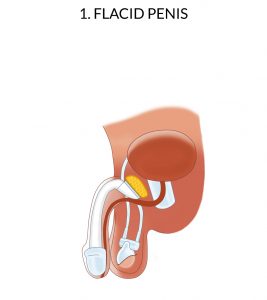
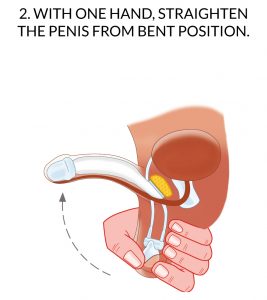
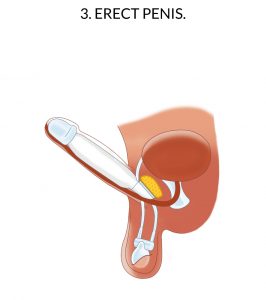
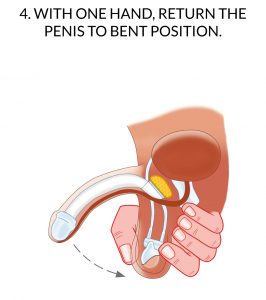
ZSI 100 FTM is a malleable device that is less invasive for the surgery (just one cylinder implanted) but on the daily life you can feel / see it through the pants as it is never completely flaccid. The use is quicker as you just have to put it in erectile position in order to use it.
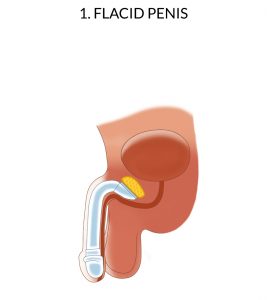
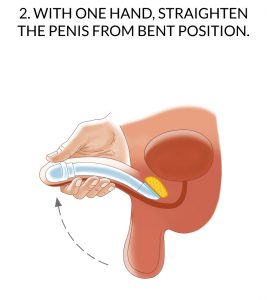
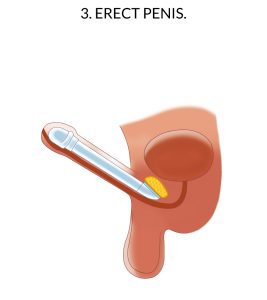
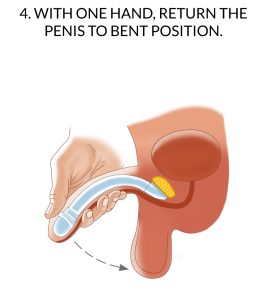
The inflatable device has a hard glans, with silicone filling. It has a natural-like shape and can be cut by the surgeon in order to fit slim phalloplasties, if necessary.
The malleable implant has an “ogive shape” glans, meaning it is quite round and in continuity with the cylinder. Note that there is always an extra space kept between the end of the implant and the skin of the penis, to prevent from erosion, like a “cushion”. Obviously, the final look also depends on the surgeon who implants, and the existing phalloplasty.
It is a closed system, and the reservoir is sufficient to fill the cylinder. So, there is no need to refill it. In the case the reservoir is empty, you need to see your surgeon to undergo some tests.
No, it is saline solution. It is the same liquid used for contact lenses. There is no danger for your health.
It is made of NUSIL silicone to provide best long-term use. The internal rod of the malleable implant (ZSI 100 FTM) is made of silver. The cylinder of the inflatable implant (ZSI 475 FTM) is made of 3 layers that limit the risk of being pierced and offer a better resistance.
There are different sizes for the implants.
For the inflatable device (ZSI 475 FTM), there are 4 different sizes: 120 mm, 150 mm, 180 mm and 210 mm.
For the malleable device (ZSI 100 FTM), there is a cylinder adjustable from 250 mm to 130 mm. There is also a narrow version of the malleable implant, which has a diameter of 13 mm (more info here). The length is the same: from 250 mm to 130 mm obtained by cutting the extra silicone if needed.
No, the implant will be adapted to your existing phalloplasty. When we talk about sizes, we include the internal part (from the pubic bone to the inner base of the phalloplasty, which is around 2, 3cm). So, if the size of your phalloplasty is 12cm from the external part, your surgeon might select the 15cm implant.
Actually, our devices are not meant to increase the length of the phalloplasty, nor the width. We would recommend to talk to your urologist and/or plastic surgeon about this.
An average of 10 to 20 strokes on the pump. Please note that it depends on your strength, the sensitivity in the scrotum, the size of the cylinder (a 120 mm will take less time to inflate than a 210 mm for instance) etc.
For the ZSI 475 FTM
To deflate the implant, you have to press the 2 little valves on each side of the pump. If you want to accelerate the process, you can also press gently your phalloplasty to help emptying the cylinder.
For the ZSI 100 FTM
To go back to a flaccid position, bend back your phalloplasty with one hand in its initial position.
The implants cannot be filled with sperm for ejaculation; and there is no other implant available that can offer this solution. We would advise you to speak with your surgeon about this topic.
The implants have no direct link with pleasure: it rather depends on the chosen surgical technique of phalloplasty (donor site area of the neophallus) and what the doctor decides to do regarding the clitoris (burying the clitoris, dissection, etc.) The pre-shaped glans increases the “chances” of pleasure, for the patient as well as for the partner at the time of intercourse, for sure.
It is a way to keep the length from surgery, as the tissues tend to shrink after a few weeks post-op. It is not a device made for penetration as a penile implant, but some patients told us the penetration was possible and satisfying. It is overall used to keep the length, void standing, and retract downwards the dicklit to avoid any skin pain with underwear or any piece of cloth.
Yes, it is possible because there is always an interest in externalizing the metoidioplasty. This operation can be done without difficulty but it depends on the elasticity and the existing capacity of elongation of the metoidioplasty.
We don’t manufacture testicular implants for the moment.
There have been some modifications done since the first generation of the implant was released. The glans is softer when the phallus is in flaccid position, and it gets harder when in erection. The pump is now surrounded with a membrane which is similar to a testicular implant. The fixation plate is also more malleable and allows a better grip on the pubic bone. We also have improved the valves on both sides of the pump, as they were more fragile before. Also, we have reinforced the tubes at the exit of the pump. We are constantly trying to improve and this is possible thanks to patients and surgeons’ feedbacks.
Yes, a study has been led by a French team, in Lyon, about our inflatable FTM prosthesis. The document can be found here: https://www.jsm.jsexmed.org/article/S1743-6095(18)31332-8/abstract
Another study led by an Italian team has been released in January 2021. It can be found here: https://www.nature.com/articles/s41443-020-00396-2
There is also an article written in German by Dr Tobias Pottek about our malleable implant: https://www.zsimplants.ch/en/products-en/phalloplasty/zsi-100-ftm-malleable-penile-implant/publications
More studies are being written.
SURGERY
One can never be sure in any kind of surgery we cannot plan any possible rate of secondary/permanent damage. Still, our products have been validated by many surgeons. So, when you choose your surgeon, he/she will tell you about his/her experience in this kind of surgery, but our company cannot guarantee the results of the surgery as they really depend on many factors.
The surgical technique depends on the center and also the kind of phalloplasty that have been previously done.
There are no rules. Each team and each hospital have their own procedure. You should contact your surgeon to talk about it.
Urethra lengthening can be done at any stage of the phalloplasty. However, if you already have a prosthesis, it is recommended to remove it first, do the urethral reconstruction, and then after some time of healing, getting a new prosthesis. Otherwise the risk of getting an infection during the urethral reconstruction would be too high.
But if you already have a phalloplasty without urethral reconstruction, you can decide to get urethral lengthening and find a surgeon who performs urethroplasty in the phalloplasty. The prosthesis will be implanted in a second step.
The only contraindication would be in a phalloplasty with muscle. It would not be recommended in that case.
The pump is quite small and surrounded by a membrane that is filled during the surgery. The surgeon will fill it with +/- 3mL of Saline solution, depending on the scrotum size. If you already have 2 testicular prosthesis, the surgeon will remove one and fill the membrane of the pump, depending on the size of the other testicular prosthesis. If you don’t have any testicular prosthesis, the surgeon will expand the scrotum and will decide how much he can fill the pump. He will then put one testicular implant on the other side to equilibrate the scrotum.
WHERE TO BE IMPLANTED
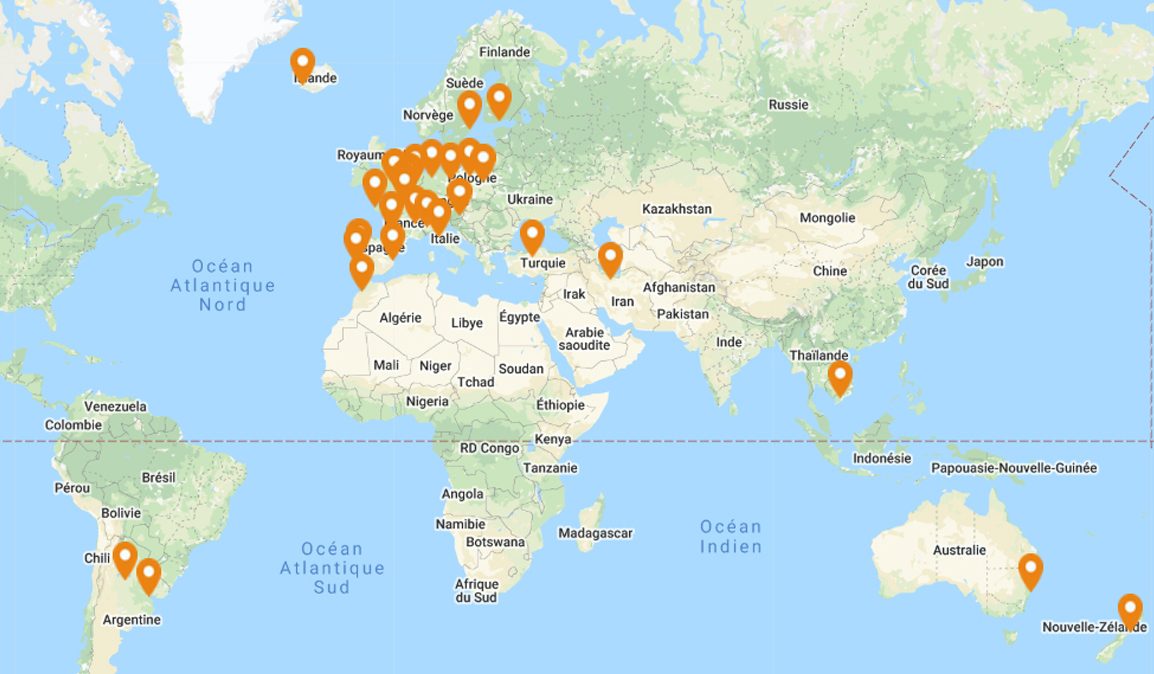
Find the FTM centers and doctor information here.
Many ask us about getting our devices in the US. The issues we face are the extremely high costs to get the FDA (Food and Drug Authorization) and the uncertainty to get it after application. Still, you can consider having your phalloplasty completed in the US, and then go to one of our recommended centers abroad to get the implant inserted. Many US patients travel to get the implantation surgery abroad, in some international centers such as Iceland (Dea Medica), Poland (Prywatny Gabinet Lekarski Piotr Świniarski and Timeless Chirurgia Plastyczna), Germany (Vivantes Klinikum, Elisabeth Klinik, Klinikum Ernst von Bergmann), Italy (Ospedale Molinette, Azienda Ospedaliero Universitaria Pisana, Universita Degli Studi Firenze), Sweden (Karolinska Hospital), etc. where surgeons have been trained for the implantation and are constantly supported for each implantation. These centers have specific departments to welcome foreign patients. We can put you in direct contact with these centers/surgeons.
We often receive this question, and yes, we are present in Germany. You can find on our Youtube channel some interviews of German surgeons talking about their experience with our implants. Note that apart from those doctors/professors, others are trained and experienced. Don’t hesitate to contact us about it!
HEALTH INSURANCE
Check with your health insurance as some parts of the surgery can be covered according to your contract. Does your contract cover the cost of implantation outside of your country? Some countries and health insurances do cover the entire surgery. You should check directly with your own insurance company / country. For instance, in France it is covered 100% by public insurance if you fulfill some criteria.
AFTER SURGERY
We recommend to keep the prosthesis in an upward position during healing time (i.e. against the belly) to avoid to put too much pressure on the sutures with the weight of the phalloplasty. We recommend to leave the prosthesis a bit inflated at the beginning, in order to give it more space inside the phalloplasty and to make it easier to inflate later. Still, always follow your surgeon’s recommendations. The post-surgery healing time is necessary to let the body create fibrosis, which means the thickening or scarring of the tissue, that will encapsulate the fixation plate and give a stronger adhesion on the pubic bone.)
There are no strict rules. It depends on the situation, the phalloplasty, how the surgery went, and the surgeon will decide how much to inflate the prosthesis and of post-op care.
ZSI FTM devices have been implanted since 2016 in many centers by different surgeons (plastic surgeons and urologists) with high success rates. You can read some testimonials that we have published on our Facebook page and on our Instagram account.
A study has been led by a French team, in Lyon, about our inflatable FTM prosthesis. The document can be found here: https://www.jsm.jsexmed.org/article/S1743-6095(18)31332-8/abstract
Another study led by an Italian team has been released in January 2021. It can be found here: https://www.nature.com/articles/s41443-020-00396-2
There is also an article written in German by Dr Tobias Pottek about our malleable implant: https://www.zsimplants.ch/en/products-en/phalloplasty/zsi-100-ftm-malleable-penile-implant/publications
More studies are being written.
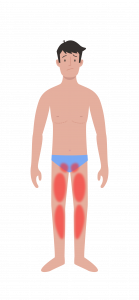
The implantation is painful after surgery. From the feedbacks we have received so far, it is normal to feel the pain for the 3 first weeks after the surgery. This might take longer, it is important to be aware of this. Some people cannot stand during the first week. It is also normal that you have difficulties to walk properly during 6 weeks. This is due to the fact that a sizeable foreign body is inserted in a very tight space, so it takes time for the body to get used to this foreign body.
There are activities that we don’t recommend to do after the implantation (e.g. horse riding, cycling…)
We recommend to wait for 6 to 8 weeks post-surgery before using the implant. The longer you will wait for the healing time, the better. Also, it is the necessary time for the pain to disappear, and to manipulate the implant in good conditions.
Your surgeon will evaluate when time has come to use the device safely.
If the pump does not come back, there is probably a leak. It means there is no more liquid to fill the pump while pressuring it. You should contact your surgeon in order to get through the proper tests.
You can travel with the implants. It cannot be detected by airport scanners. The implants are also safe in medical scanners.
To preserve the intimacy of the patients, there are no photos available for now. You might ask your surgeon to show you some. Also, you can try to contact former patients who might accept to share their experience and pictures. To respect the intimacy of everyone, we don’t put in contact former patients with people gathering for information.
VAGINAL STENT FOR MTF PEOPLE
After a vaginoplasty, there is a risk of stenosis. Inserting such removable device for a few days after surgery reduces this risk.
We have 2 sizes of lengths available: 90 mm & 120 mm. Your surgeon can’t decide in advance the size of the stent if he has not seen you before.
When inflated, the device has a width of 40 mm.
The stent is used only for the following days after surgery. It does not replace the usual dilatation that you have to do post-surgery.
You can use the stent with the colon vaginoplasty, it is not a problem.
GENERAL QUESTIONS WE RECEIVE
Our semi-rigid ZSI 100 FTM is made of silicone, there is not any noise when you bend or straight it. Our inflatable ZSI 475 FTM is made of 100% biocompatible silicone and soft fabric, there is not any noise when it is flat or when it is having an erection.
BUT, air bubbles have to be carefully taken out before filling the device with saline solution. Otherwise, there might be some noise while pressing the pump to obtain erection.
Even if we have strict rules to deliver high quality devices, certified and fully sterilized, some complications may occur such as:
It is better, but it is not mandatory. It is up to you to take the decision.
The surgeon who has done your phalloplasty will know where is the innervation, where are the important veins, etc., whereas a surgeon who would not have done your phalloplasty will not know your medical history and would have to be more careful with the incision and how to implant the prosthesis.
We have a dedicated page of resources that we have selected for you. You will find a list of various associations, support groups, informative websites, podcasts… that can help you to find more information on that topic. Here is the link to the Resources page.
